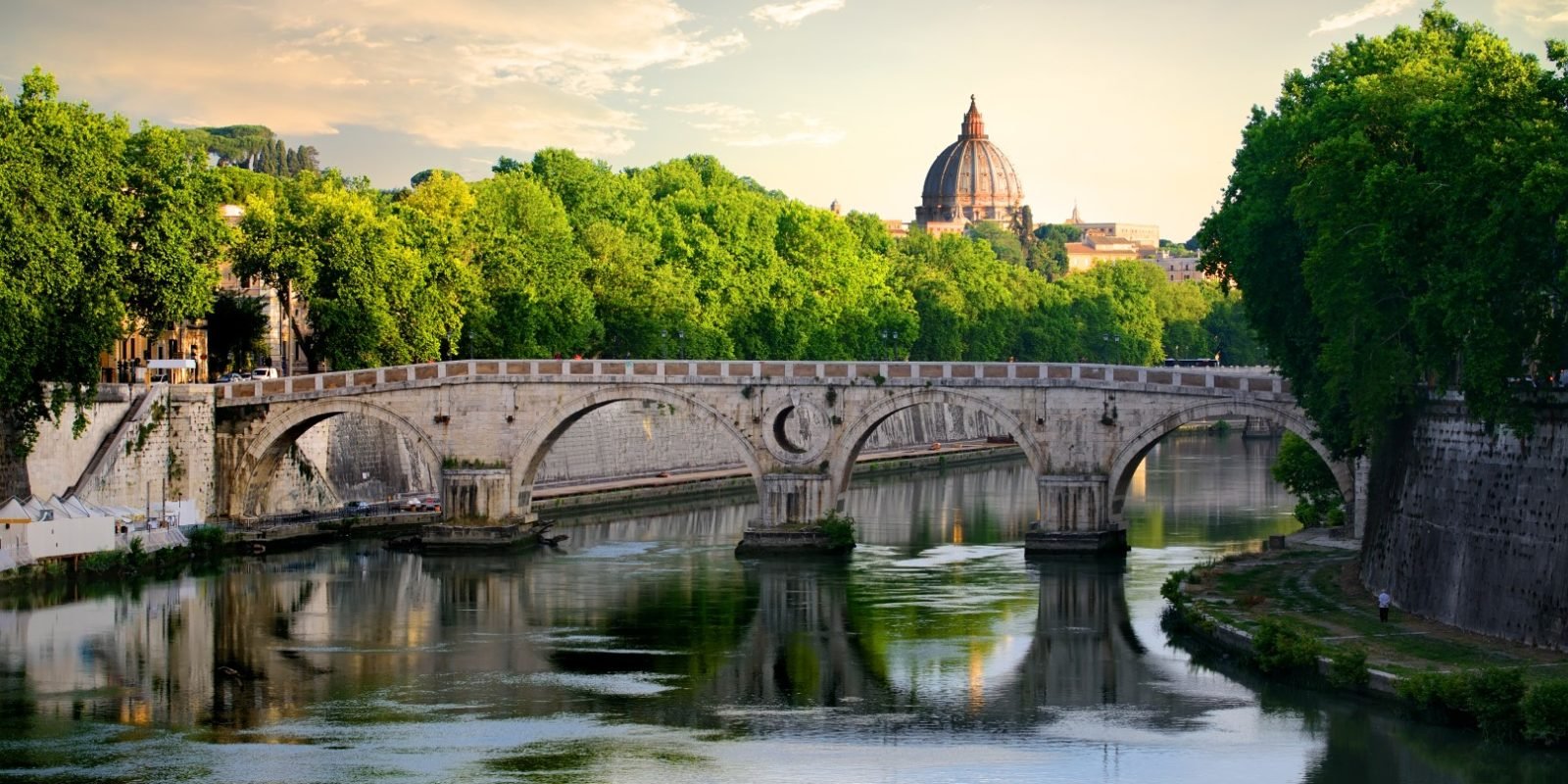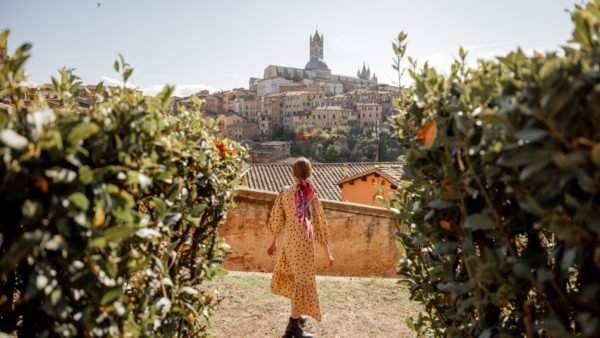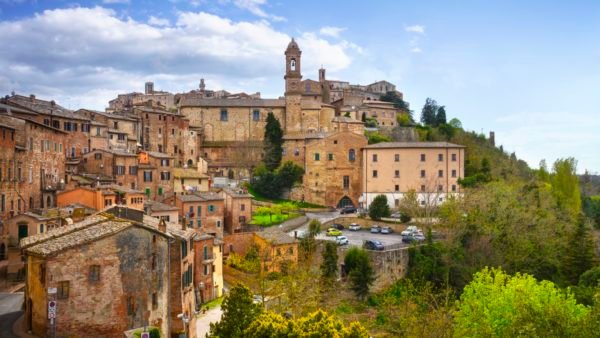Rome, often referred to as the Eternal City, offers a timeless allure that captivates travelers year-round. However, the experience can significantly vary depending on the season you choose for your visit. From spring’s blooming romance to summer’s vibrant energy, and from autumn’s golden hues to winter’s cultural charm, Rome offers different facets throughout the year. In this guide, we’ll delve into the nuances of each season to help you determine the best time to visit Rome.
Spring: Embrace the Romance
March to May
Spring paints Rome in a symphony of colors and scents. The weather is mild, with temperatures gradually climbing from around 10°C in March to a comfortable 20°C in May. The city’s gardens and parks burst to life, including the Villa Borghese Gardens and the rose-filled Roseto Comunale. This season is ideal for exploring Rome’s outdoor treasures, from the Spanish Steps to the Trevi Fountain, without the stifling summer crowds.
Cafés spill onto the streets, and piazzas become stages for musicians and artists. It’s also the perfect time to visit the Vatican Museums and St. Peter’s Basilica, as lines are shorter compared to the summer peak. Spring is a magical time to stroll along the Tiber River and watch the sunset over the historic cityscape. You avoid the crowds and heat of summer and the cold of winter, making spring an ideal for your family trip to Rome.
Summer: Bask in the Vibrant Energy
June to August
Summer in Rome is a vivacious celebration of life. However, this season also brings intense heat and an influx of tourists. Temperatures can soar beyond 30°C, and the city pulses with energy from morning until late at night. While the iconic sites might be more crowded, this is the season for vibrant street festivals, open-air concerts, and al fresco dining.
Dive into the refreshing waters of the Tyrrhenian Sea by taking a day trip to Ostia Beach or venture to Lake Bracciano for a serene escape. Summer is synonymous with Roman gelato, and you’ll find plenty of gelaterias offering a respite from the heat. Be sure to hydrate and plan your visits to major attractions early in the morning or late in the afternoon to avoid the peak heat.
Autumn: Bask in Golden Tranquility
September to November
Autumn in Rome offers a tranquil and temperate escape. Many consider this the best time to visit Rome. The sweltering heat of summer begins to wane, and temperatures range from 15°C in September to around 10°C in November. The city’s gardens, parks, and vineyards transform into a tapestry of warm hues, creating a picturesque backdrop for your explorations.
This is also harvest season, making it an excellent time to savor the city’s culinary delights. From the Jewish Artichoke Festival to the Chestnut Festival, autumn showcases the rich flavors of Roman cuisine. Additionally, attractions like the Colosseum and the Roman Forum are more manageable to explore without the summer crowds. The pleasant weather and cultural festivities make autumn an inviting time to immerse yourself in the city’s charm.
Winter: Experience Cultural Charms
December to February
Winter in Rome unveils the city’s cultural treasures with a different kind of enchantment. While temperatures can be chilly, ranging from 5°C to 15°C, the city exudes a cozy ambiance that invites you to explore its historic corners.
Without the summer crowds, you can leisurely explore attractions such as the Vatican Museums, the Sistine Chapel, and the Capitoline Museums. The holiday season brings charming Christmas markets, illuminated streets, and nativity scenes. While some sites may have shorter opening hours, the city’s vibrant cultural scene remains vibrant, offering theater performances, art exhibitions, and opera shows.
The best time to visit Rome ultimately depends on your preferences and priorities. Spring offers pleasant weather and blooming gardens, making it perfect for sightseeing and exploration. Summer, while crowded, brings an energetic atmosphere with festivals and events. Autumn provides a tranquil escape with cooler temperatures and culinary delights. Winter reveals the city’s cultural treasures without the summer crowds and offers a cozy ambiance.
Ultimately, each season unveils a unique facet of Rome’s allure, and choosing the best time to visit depends on your interests, tolerance for crowds, and the experiences you wish to embrace. Whether you’re strolling through historic streets in spring, savoring gelato in the summer heat, admiring golden hues in autumn, or delving into cultural charm in winter, Rome remains an enchanting destination year-round.




